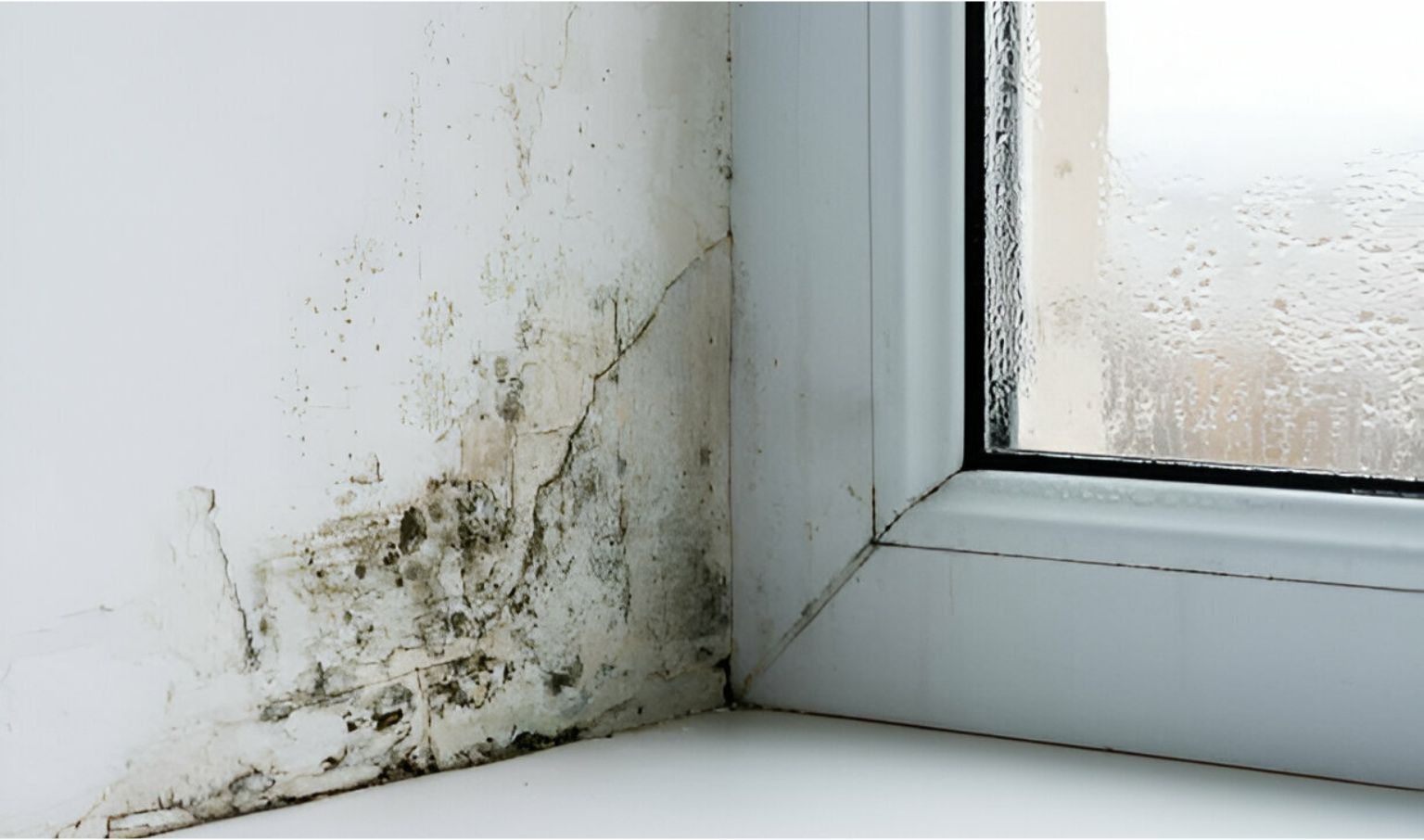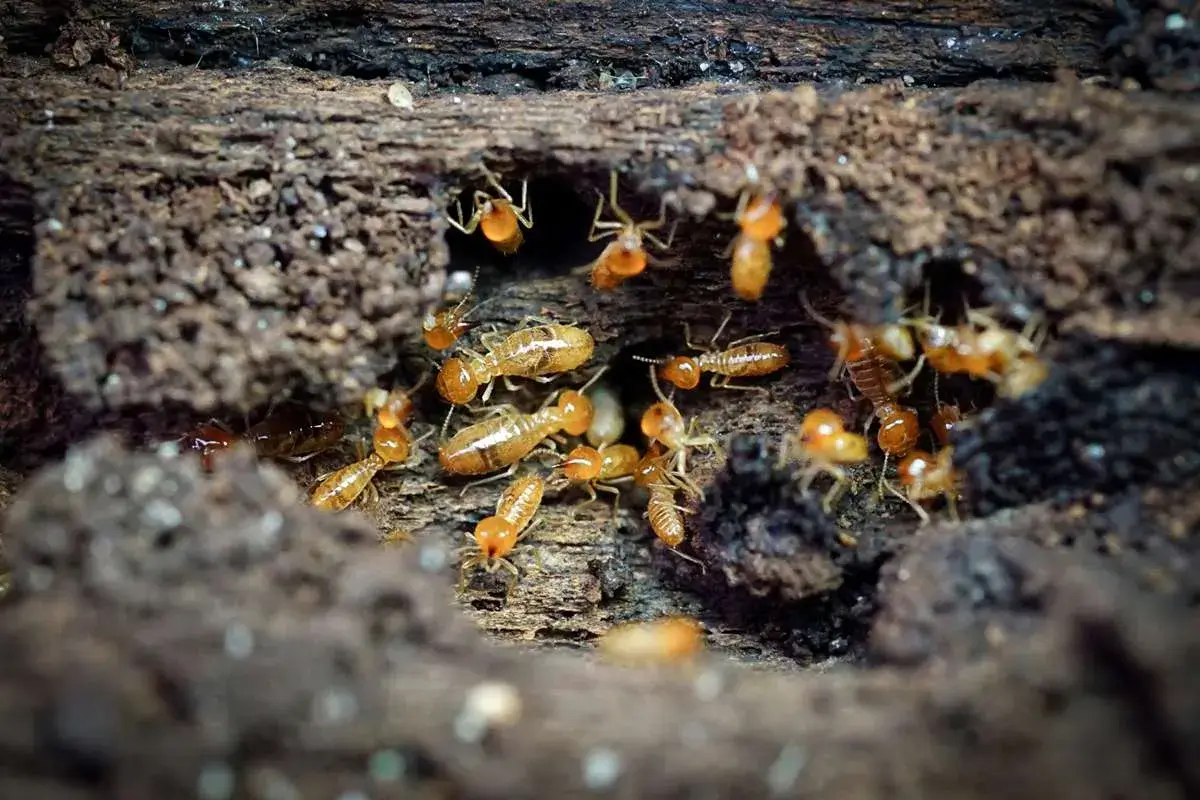When people think about home safety, they often picture locks on doors or smoke detectors…

What Are the 10 Warning Signs of Mold Toxicity?
Breathing in mold-contaminated air can be more dangerous than most homeowners realize. While mold is often dismissed as a cosmetic issue on walls or ceilings, certain types release toxic compounds known as mycotoxins, leading to a condition called mold toxicity.
Recognizing the mold exposure symptoms early is crucial for both your well-being and preventing extensive property damage. If there is a musty odor in your home and you or a loved one is experiencing symptoms such as fatigue, respiratory discomfort, or anxiety without a clear cause, you should investigate for mold.
Why Mold Toxicity Matters for Your Health and Home
In addition to producing an unpleasant smell, mold can affect your health and the structural integrity of your home. When molds like Stachybotrys chartarum (commonly known as black mold) grow indoors, they can release mycotoxins that trigger inflammatory and immune responses.
The Centers for Disease Control and Prevention (CDC) notes that damp indoor environments can lead to respiratory infections, asthma, and even long-term neurological symptoms if exposure continues.
10 Warning Signs of Mold Toxicity
If you’ve noticed recurring symptoms that don’t seem to have a clear cause, mold toxicity could be the reason. Here are the 10 most common warning signs to look out for:
Persistent Fatigue and Weakness
One of the earliest mold exposure symptoms is fatigue. Mycotoxins can disturb oxygen and nutrient absorption at the cellular level. This can leave you feeling drained, even after a full night’s sleep or a healthy meal.
Cognitive Problems: Brain Fog and Poor Memory
Feeling forgetful or unable to focus? Cognitive decline, often described as “brain fog”, is one of the most reported signs of mold toxicity. Mycotoxins can affect the brain’s neurotransmitter balance, leading to memory lapses, confusion, and slower mental processing.
Respiratory Problems
The symptoms of mold exposure often start in the lungs. Mold spores enter through inhalation, irritating the airways and causing respiratory problems such as:
- Wheezing
- Chronic cough
- Shortness of breath
- Chest tightness
These symptoms can be hazardous for individuals with asthma or existing respiratory issues. If you notice your breathing gets worse indoors, mold could be the culprit.
Chronic Sinus Congestion or Infections
Another major sign of mold toxicity is ongoing sinus congestion or post-nasal drip. Such a situation doesn’t improve with regular treatments. Mold spores inflame the nasal passages, leading to recurring sinus infections, sneezing, and blocked airways.
Digestive Issues
You might be surprised to know that mold can affect your stomach. Mold exposure symptoms related to digestion include:
- Nausea or vomiting
- Bloating and abdominal pain
- Diarrhea
- Unexplained appetite or weight changes
If you store food in humid or poorly ventilated areas, mold contamination can occur on surfaces or in ingredients, further worsening these symptoms.
Skin Irritation
Rashes, hives, or itchy skin can occur when your body tries to detoxify from mold toxicity. Direct contact with the mold spores or airborne toxins can cause skin inflammation that doesn’t respond to typical creams or medications. This is one of the most visible signs of exposure, especially if multiple family members develop similar symptoms.
Muscle and Joint Pain
Unexplained aches and stiffness in your muscles or joints can also be tied to mold exposure. Mycotoxins cause inflammation throughout the body, leading to discomfort that resembles arthritis or fibromyalgia. If your pain is persistent and doesn’t correlate with physical activity, mold may be the cause.
Mood Changes and Anxiety
Mold toxicity is not limited to the human body. Prolonged exposure can disrupt serotonin and dopamine production, leading to mood swings, anxiety, irritability, or even depression. These emotional shifts often occur without an apparent external reason and can be a telltale sign of mold toxicity.
Increased Light Sensitivity and Vision Issues
Many people experiencing mold-related illness report new sensitivity to light or blurred vision. Eyes may become itchy, red, or watery. Frequent headaches or migraines can accompany these visual changes, further signaling that mold exposure may be at play.
Musty or Earthy Odor at Home
Before symptoms even appear, your home might be trying to tell you something. A persistent musty smell is one of the most direct warning signs of hidden mold growth. Trust your senses, as the odor often means mold is active behind walls, under floors, or within HVAC ducts
10 Warning Signs of Mold Toxicity in Toddlers
Children are far more vulnerable to mold exposure symptoms because their immune systems are still developing. Here are 10 signs that could suggest mold toxicity in toddlers:
- Persistent coughing or wheezing
- Frequent ear or sinus infections
- Nasal congestion or a runny nose
- Skin rashes or eczema flare-ups
- Fatigue or excessive sleepiness
- Mood changes or irritability
- Loss of appetite or weight loss
- Nausea or vomiting
- Night sweats or disturbed sleep
- Developmental regression (e.g., trouble concentrating or speech delays)
If you notice several of these symptoms and your child seems to improve when away from home, it’s a strong indication that indoor air quality and possibly mold are the issue.
10 Warning Signs of Black Mold Toxicity
Not all black molds are toxic, but Stachybotrys Chartarum, the notorious “toxic black mold”, can release particularly harmful mycotoxins. Exposure to black mold can cause severe health effects. Here are 10 warning signs of toxicity caused by the black mold:
- Persistent wheezing or shortness of breath
- Frequent headaches or migraines
- Ongoing coughs that don’t resolve
- Fatigue or muscle weakness
- Skin infections or sores
- Watery or irritated eyes
- Digestive issues like nausea or abdominal pain
- Joint stiffness or tingling
- Mood changes such as anxiety or depression
- Cognitive problems (e.g., confusion, memory loss)
If several of these symptoms are present, particularly alongside a visible black mold presence or a strong musty odor, professional testing is essential.
What to Do If You Are Facing Mold Symptoms
If you are experiencing persistent health symptoms that indicate mold toxicity, take action quickly.
- Consult your doctor for the solution of mold-related illnesses
- Schedule a professional mold inspection to locate and identify the mold type
- Address moisture problems recommended by mold inspectors
Acting at the right time can help you resolve the mold issue efficiently. If mold growth persists for a long time, you may need professional remediation.
Key Takeaways
Mold toxicity is not just a household inconvenience. It’s a hidden threat to your health. Mold can quietly impact your comfort, well-being, and even the long-term value of your home.
When it comes to black mold exposure symptoms or subtle signs of mold toxicity in toddlers, early detection makes all the difference. The safest approach is to take preventive action before health problems or costly repairs arise.
Schedule a mold inspection with Advantage Inspection Service to identify mold and moisture issues with precision, so you can breathe easier knowing your home is safe and healthy.
Frequently Asked Questions
What exactly is mold toxicity (mycotoxicosis)?
Mold toxicity, or mycotoxicosis, happens when you’re exposed to harmful mold toxins for too long. These toxins can affect your body through the air you breathe, your skin, or even food.
How is mold toxicity diagnosed?
Doctors usually diagnose it through symptom reviews, blood or urine tests for mycotoxins, and by checking for mold exposure in your home or environment.
Can mold toxicity be cured?
Yes, but it starts with removing the source of exposure. Once the mold is gone, treatment focuses on detoxing the body and reducing inflammation. Most people recover well.
When should I consider a professional mold inspection?
If you notice musty smells, unexplained health symptoms, or recent water damage in your home, it’s time to schedule one.
Is mold a common problem in Arizona homes?
It can be, especially during monsoon season or in areas with leaks or poor ventilation. Even in a dry climate, hidden mold still happens.



